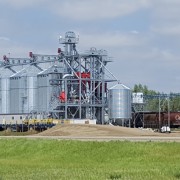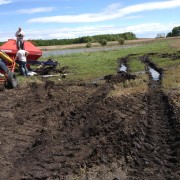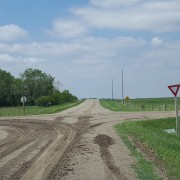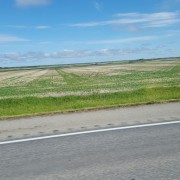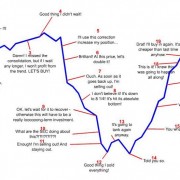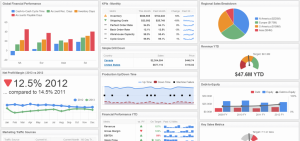Systems
Last week, we discussed the importance of adding value to your business. It hinges on knowledge that allows you to see where your business is creating value or eroding value. Without the knowledge to see where value is positive or negative, we risk making decisions that are emotional or even irrational, but always uninformed.
The key to adding value in your business comes from knowledge about the goings on in your business.
Lately, one of the more common challenges I’ve heard from clients is the challenge of accurately reconciling inventory. Yield monitors are an acceptable guess, but certainly they cannot be taken as gospel (I cannot rationalize how a machine running at high speed can provide an accurate measure of yield without stopping to calculate the mass of the grain…but I digress). Many operations have scales on the grain carts, and while this technology is much more reliable, it is useless if the information is not being recorded. We wonder why the old adage rings true, “You never get as many bushels out of a bin as you’ve put in.” And we haven’t yet touched on inputs (seed, chemical, fertilizer) nor how you manage returns and the subsequent credits…
You never get as many bushels out of a bin as you’ve put in.
With all the technology available to accurately reconcile inventory, the reason it remains a challenge is that the system of recording and managing information is broken…if it exists at all!
Here is a small sample of the systems you need in your business:
- Managing/tracking cash and working capital;
- Managing/tracking inventory (production, inputs, parts, fuel, etc.)
- Managing/tracking staff (hours, vacation, sick days, etc.)
- Managing/tracking equipment (operating efficiency, service, repairs, etc.)
- Controlling Unit Cost of Production
- Creating Profit.
To Plan for Prosperity
You wouldn’t jump into your combine without confidence that all systems are in place and working properly; in fact, the manufacturers now have systems and sensors in place for almost everything making it so you can’t operate if something “isn’t right.”
There are far too many variables in your business and leaving any of them unmanaged puts your profit and cash flow at risk. With little in the way of guarantees that profit and cash flow will sufficiently meet expectations each year, isn’t it worth investing in the right systems to garner full control of your enterprise?

